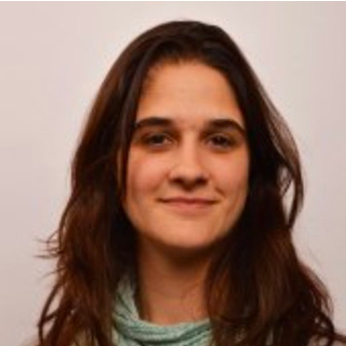It& #39;s Friday again! Today #InterviewFriday, we talk to @PatriciaPossik, #melanoma researcher at the Brazilian National Cancer Institute and co-senior author of a comprehensive review on #acral melanoma:
https://onlinelibrary.wiley.com/doi/full/10.1111/pcmr.12885
Q.">https://onlinelibrary.wiley.com/doi/full/... Why is studying acral melanoma important? (1/5)
https://onlinelibrary.wiley.com/doi/full/10.1111/pcmr.12885
Q.">https://onlinelibrary.wiley.com/doi/full/... Why is studying acral melanoma important? (1/5)
A. Every time I read about this disease, I find a new reason! Here are some: 1) It& #39;s relatively more common in #LatinAmerica, #Asia & #Africa, 2) Its aetiology is unknown, 3) It occurs on a different type of skin as other types of melanoma: hairless, less pigmented,... (2/5)
...different microenvironment, and 4) it has very different genetics compared to other cutaneous melanomas.
Q. What are you doing in your research?
A. We are interested in studying acral melanoma (AM) in several of these aspects, but there are very few models available... (3/n)
Q. What are you doing in your research?
A. We are interested in studying acral melanoma (AM) in several of these aspects, but there are very few models available... (3/n)
...so the first step was to develop them! We teamed up with @daniela_oaks & @David_J_Adams to develop PDXs of Brazilian  https://abs.twimg.com/emoji/v2/... draggable="false" alt="🇧🇷" title="Flagge von Brasilien" aria-label="Emoji: Flagge von Brasilien"> & Mexican
https://abs.twimg.com/emoji/v2/... draggable="false" alt="🇧🇷" title="Flagge von Brasilien" aria-label="Emoji: Flagge von Brasilien"> & Mexican  https://abs.twimg.com/emoji/v2/... draggable="false" alt="🇲🇽" title="Flagge von Mexiko" aria-label="Emoji: Flagge von Mexiko"> AM patients.
https://abs.twimg.com/emoji/v2/... draggable="false" alt="🇲🇽" title="Flagge von Mexiko" aria-label="Emoji: Flagge von Mexiko"> AM patients.
Q. Where is your research going?
A. We are now characterizing our collection of AM-PDXs. We plan to use it soon to... (4/5)
Q. Where is your research going?
A. We are now characterizing our collection of AM-PDXs. We plan to use it soon to... (4/5)
...study the biology of AM, and to identify targetable genetic alterations and biomarkers of the disease.
We wish Patrícia the best and hope to see more of her future publications! https://abs.twimg.com/emoji/v2/... draggable="false" alt="🤓" title="Nerd-Gesicht" aria-label="Emoji: Nerd-Gesicht"> (5/5)
https://abs.twimg.com/emoji/v2/... draggable="false" alt="🤓" title="Nerd-Gesicht" aria-label="Emoji: Nerd-Gesicht"> (5/5)
We wish Patrícia the best and hope to see more of her future publications!

 Read on Twitter
Read on Twitter


